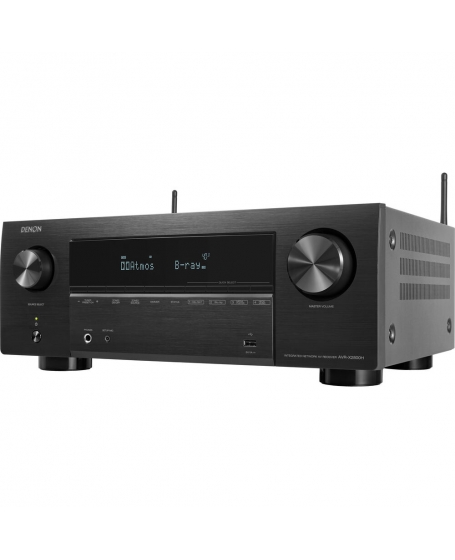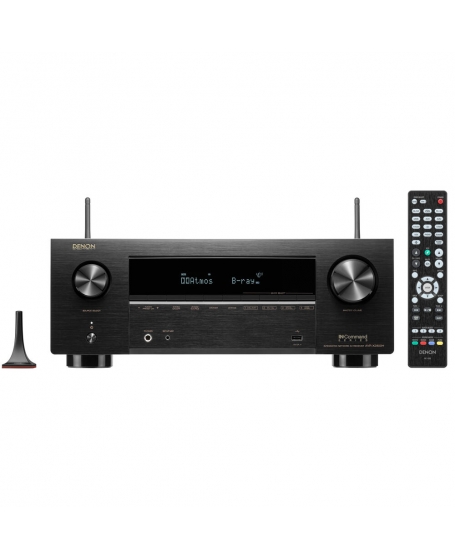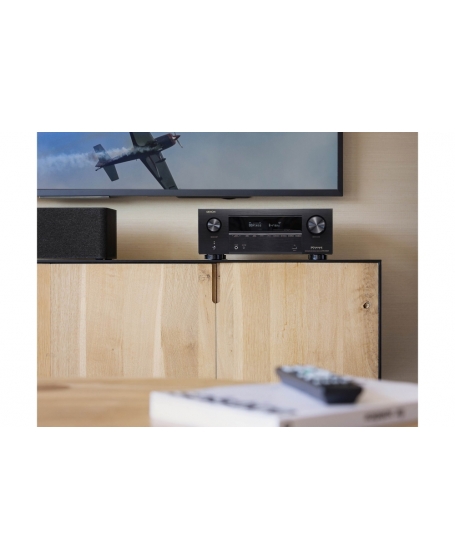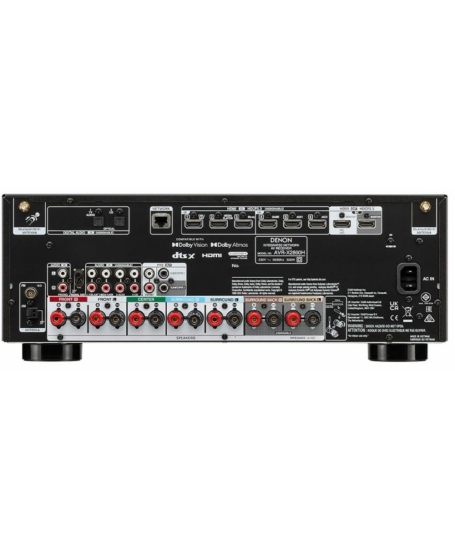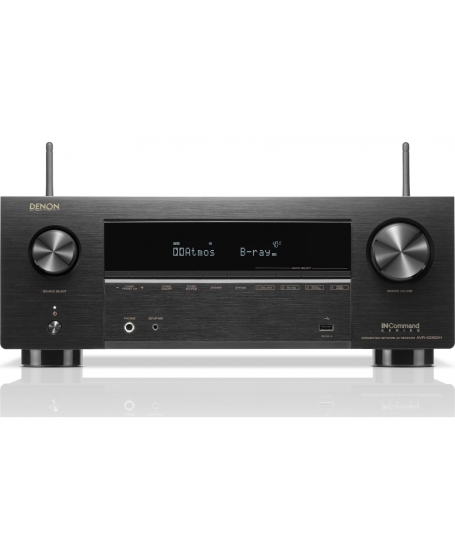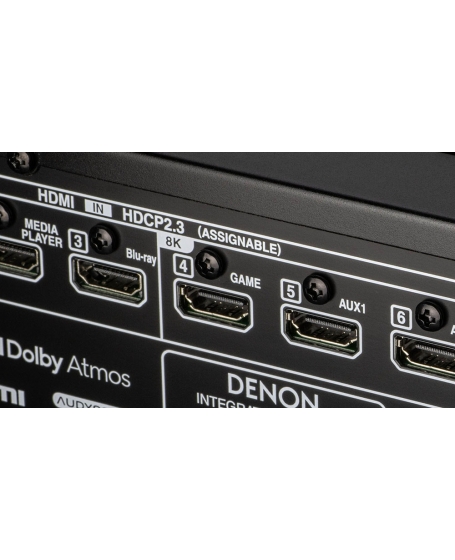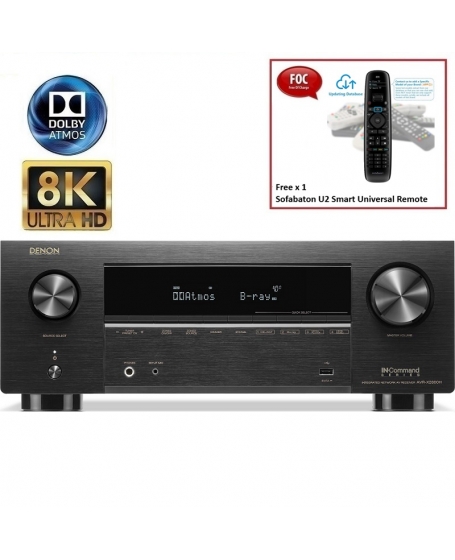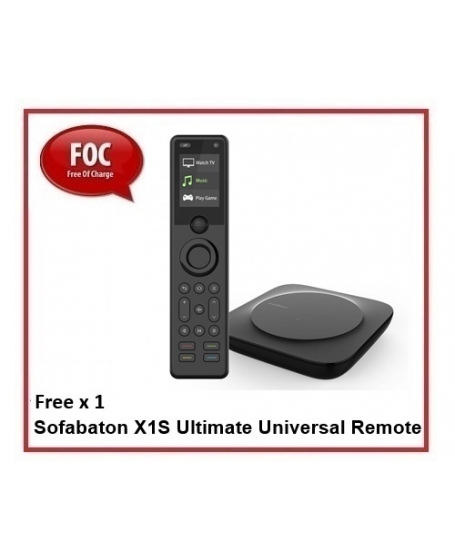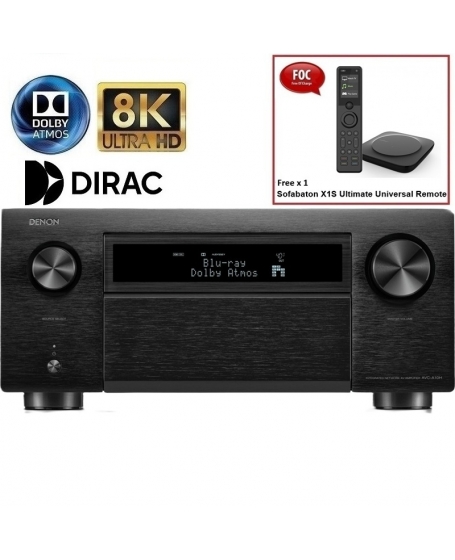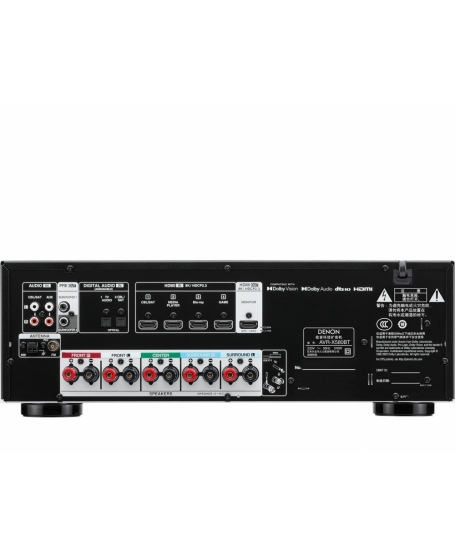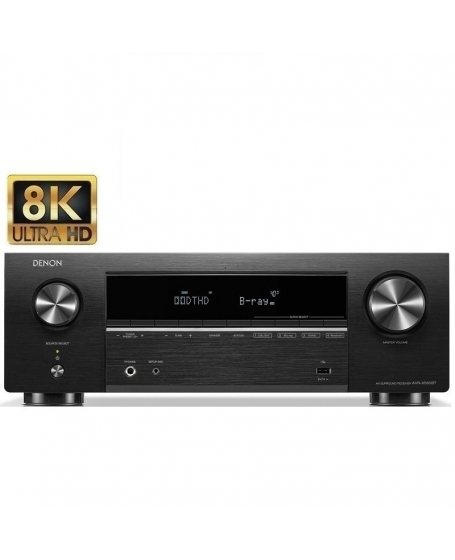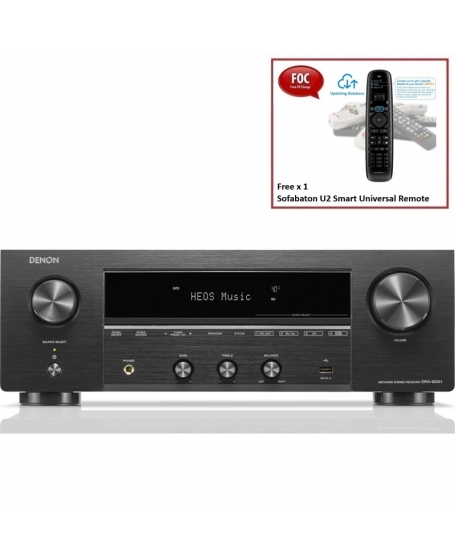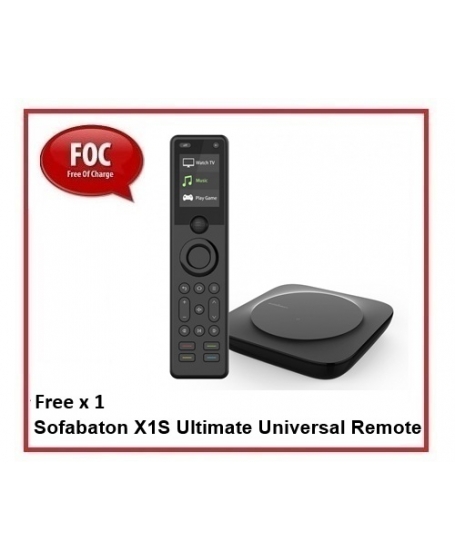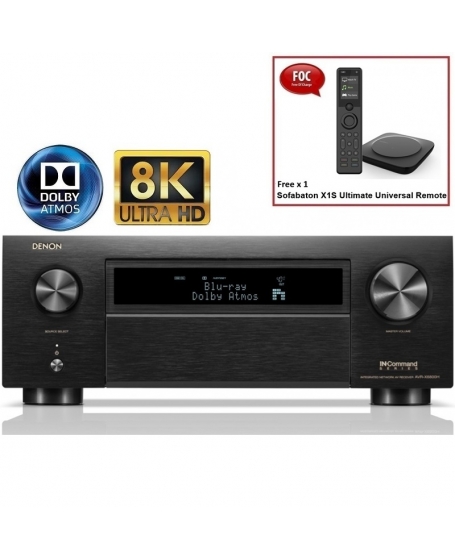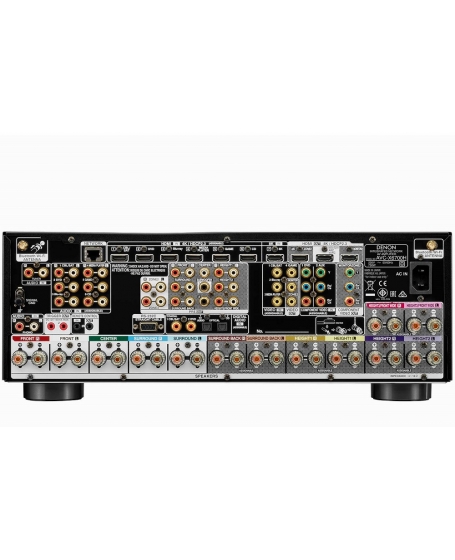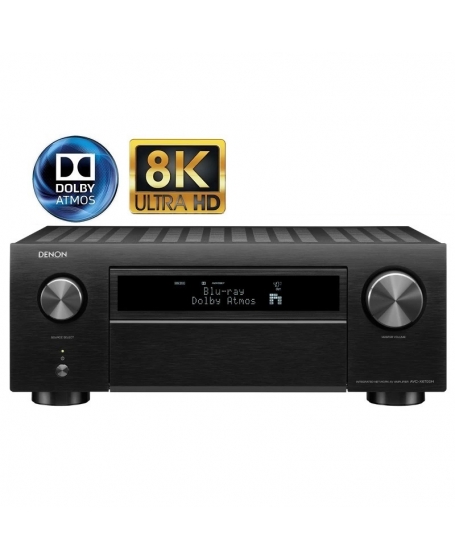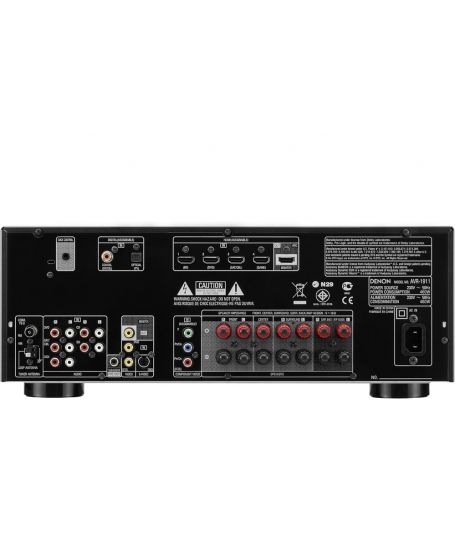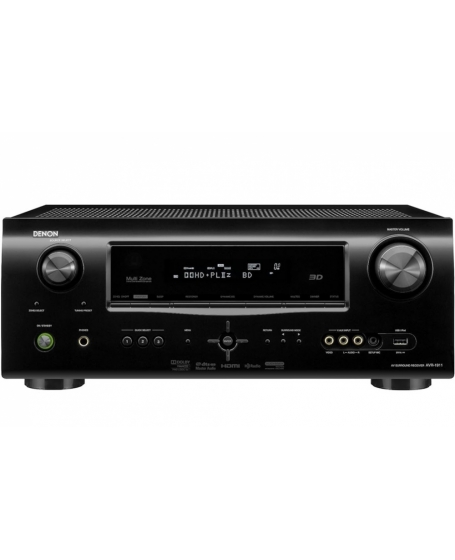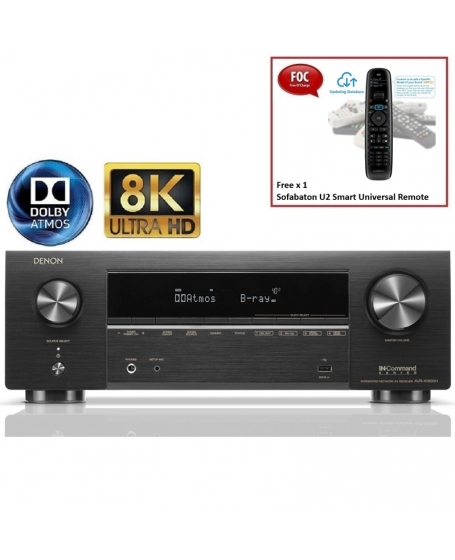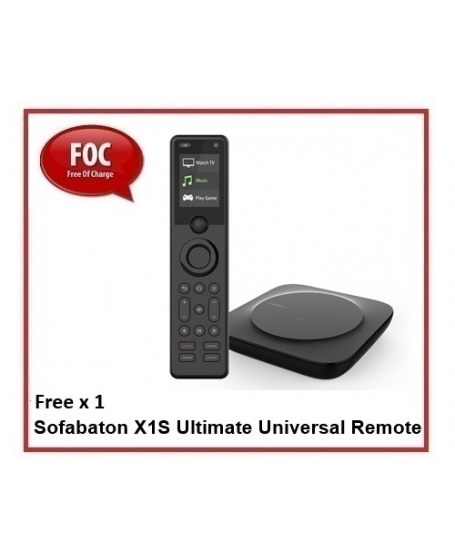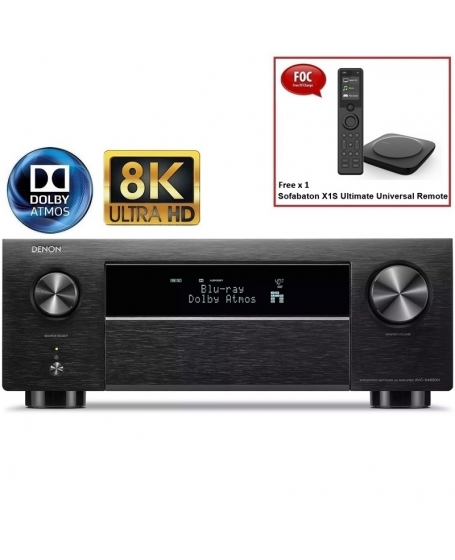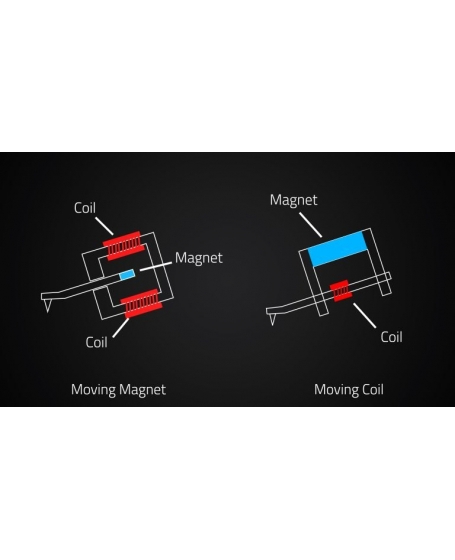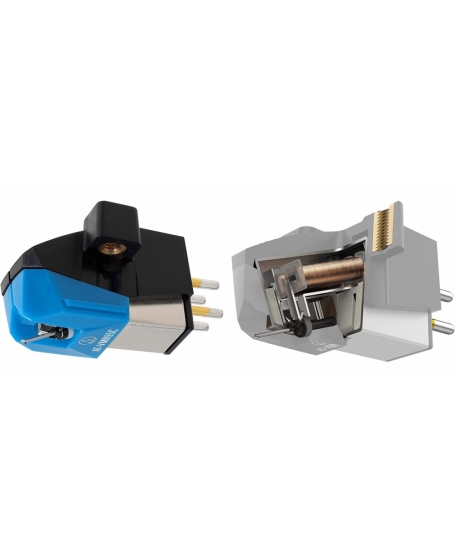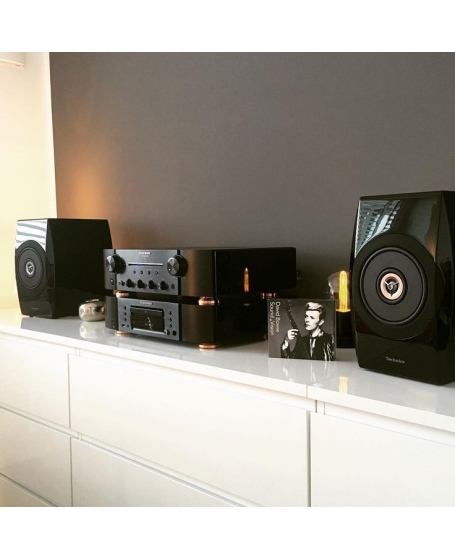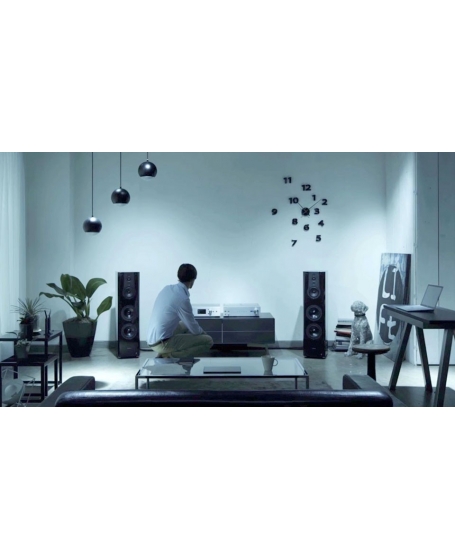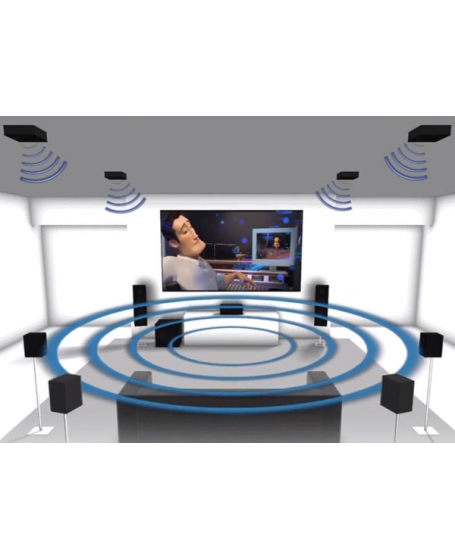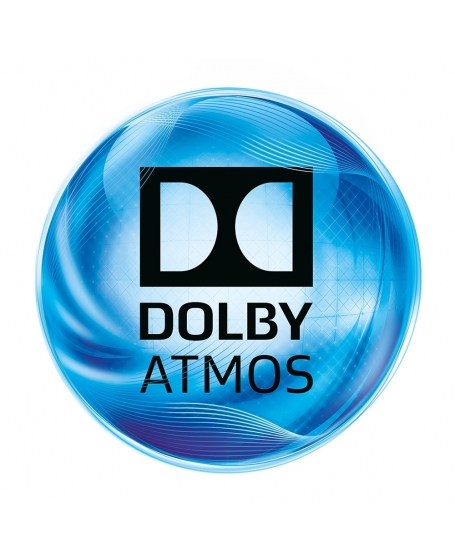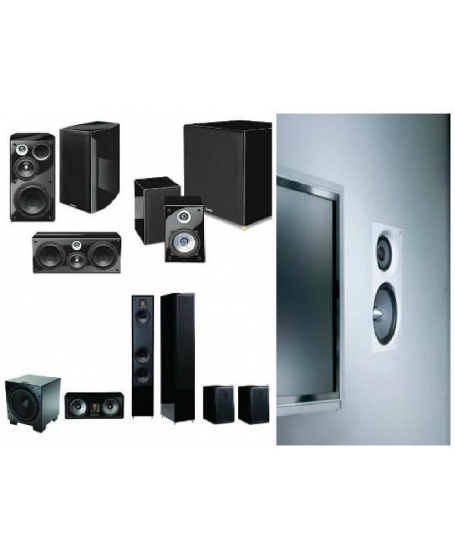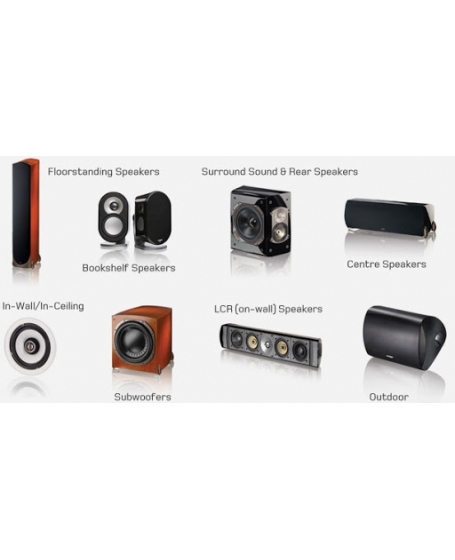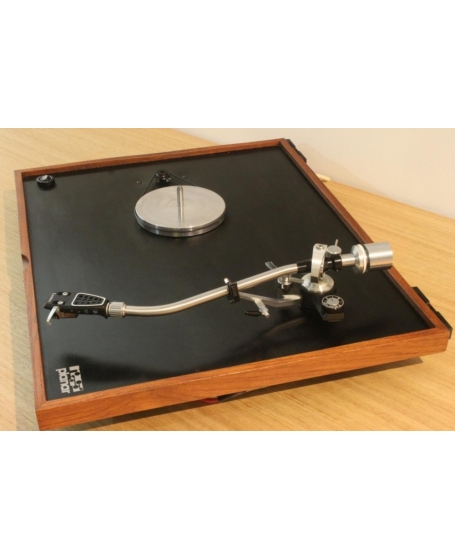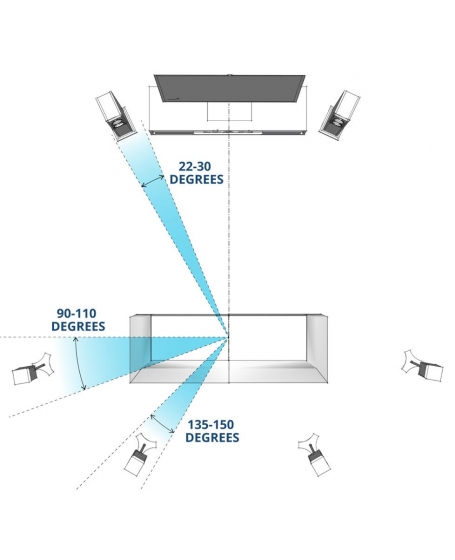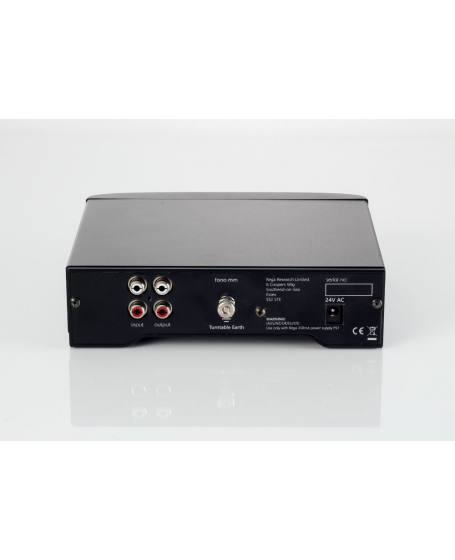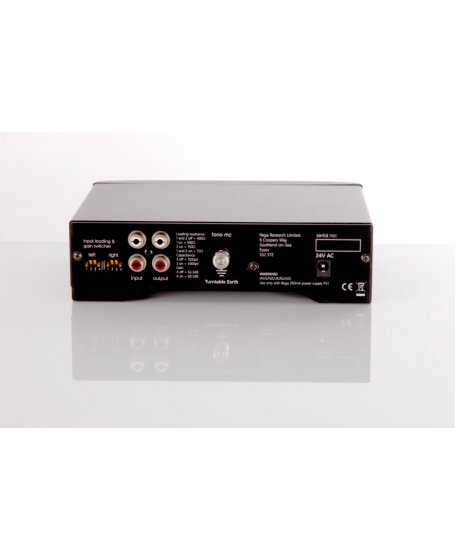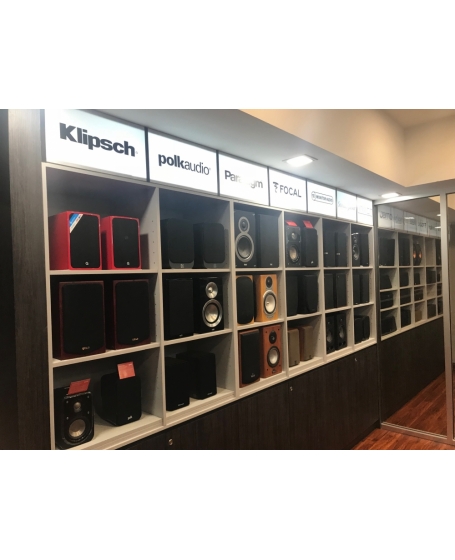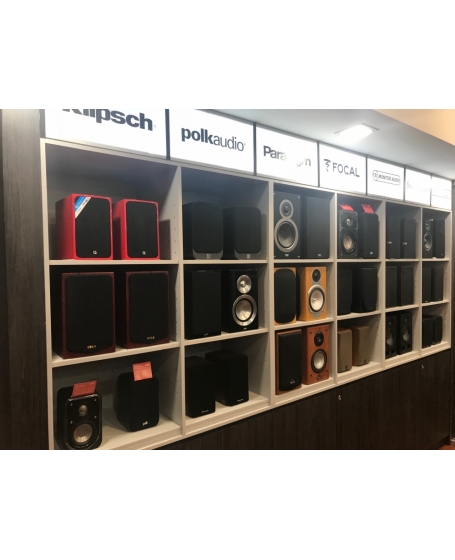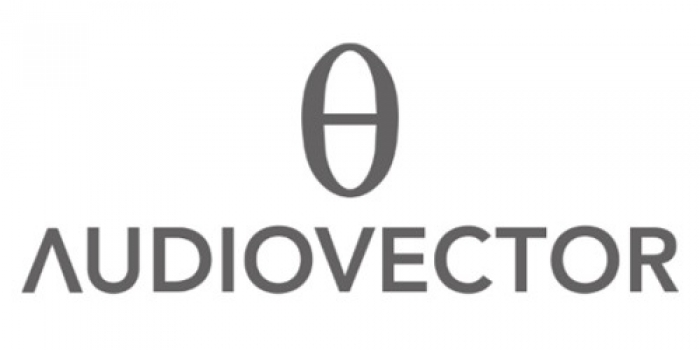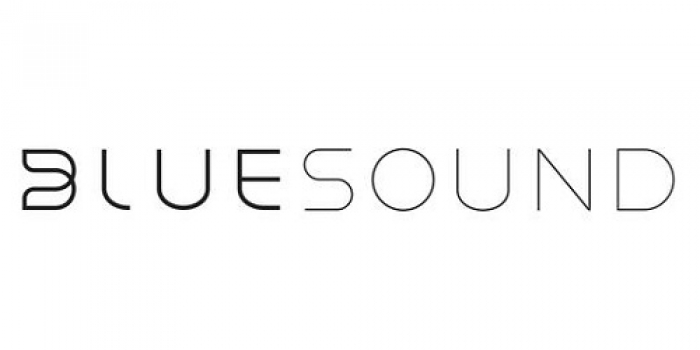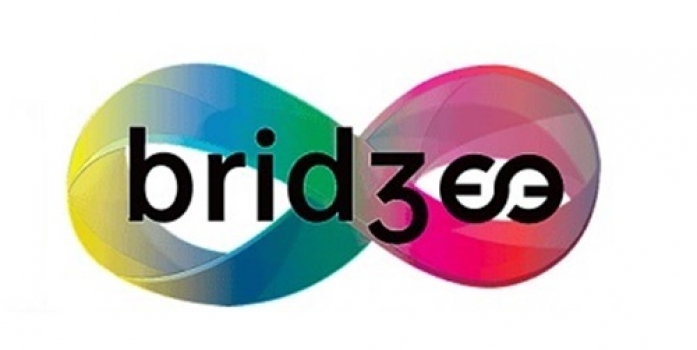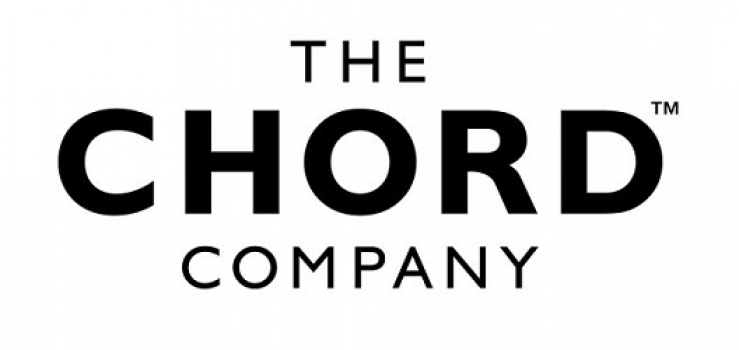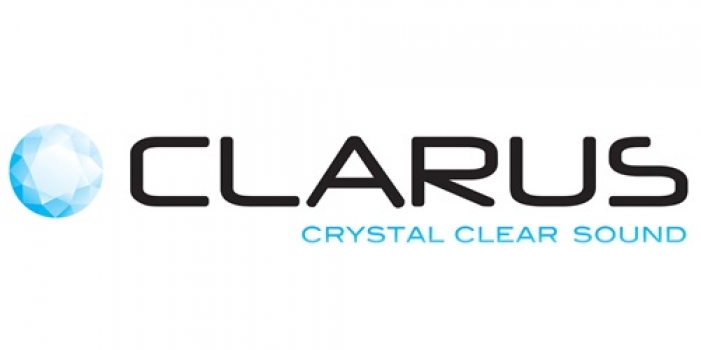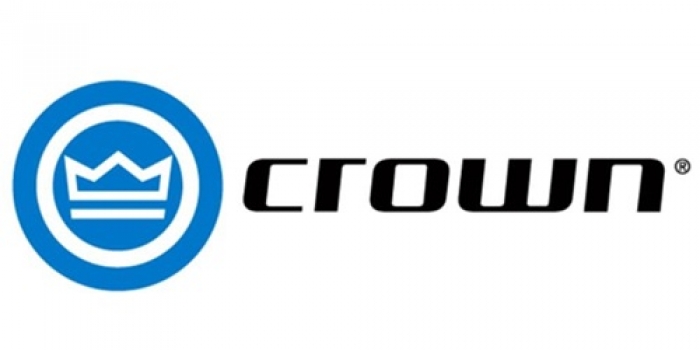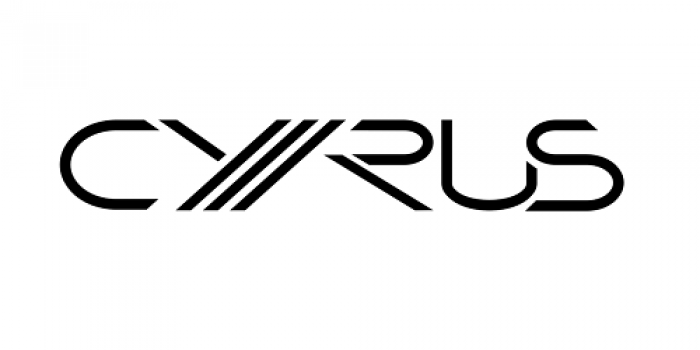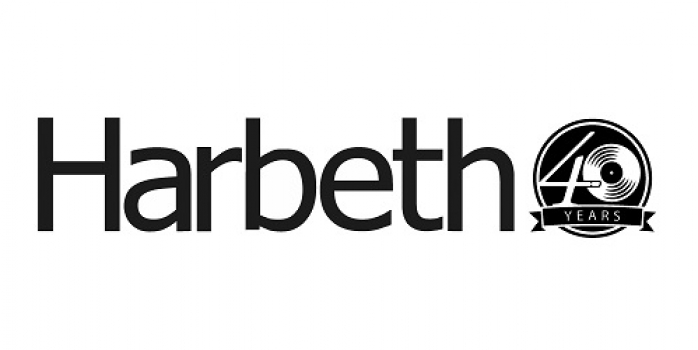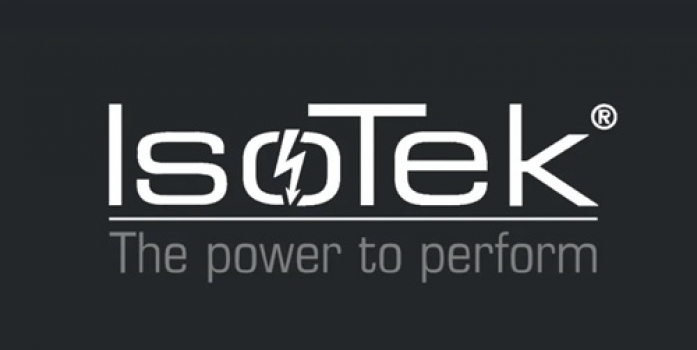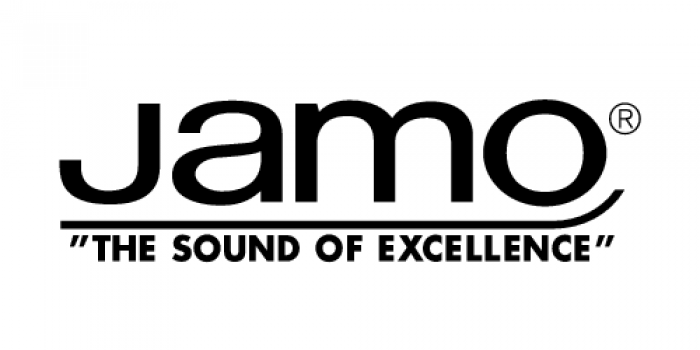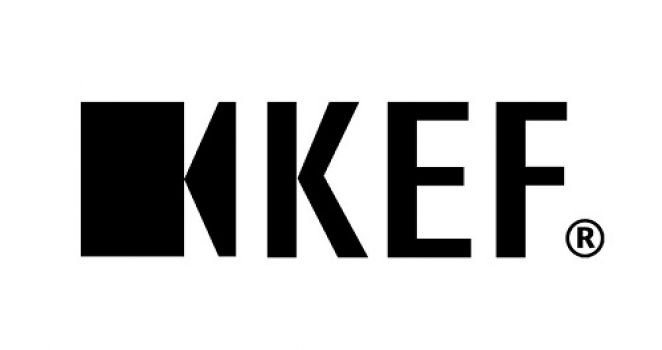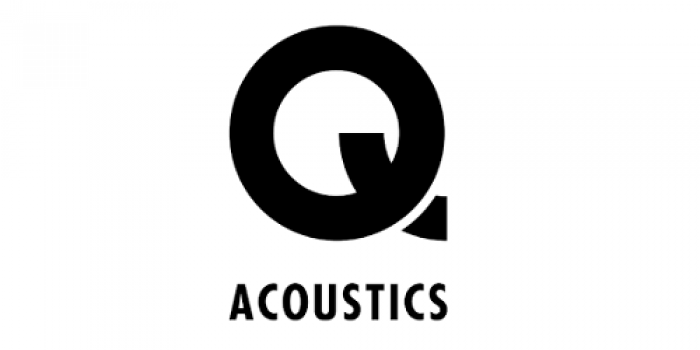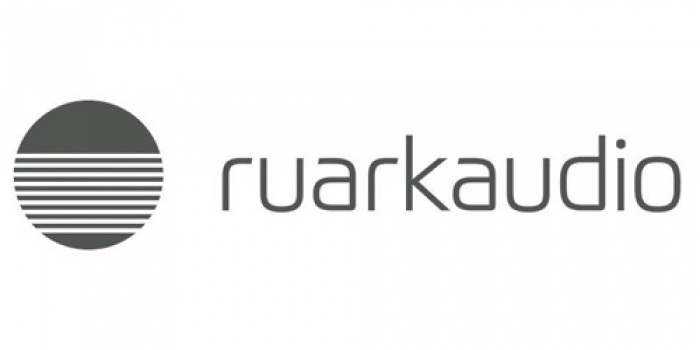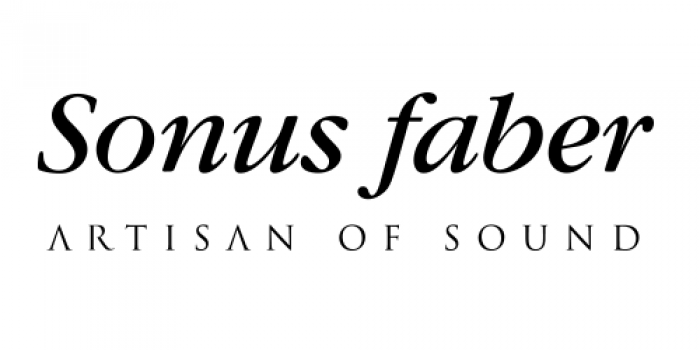Denon AVR-X2800H 7.2Ch 8K Atmos Network AV Receiver
SKU: Denon AVR-X2800H.Up to 95W per Channel at 8 Ohms
Up to 8K HDR Video
Use with HEOS for Multi-Room Audio
Dolby Atmos & DTS:X Support
Wi-Fi & Bluetooth Connectivity
* Free Sofabaton U2 Smart Universal Remote
* Free gift will be packed nicely in the product’s box for shipping option
* 如果需要邮寄,我们将会把赠品放进产品包装内。
AVR-X2800H
7.2 Ch. 8K AV Receiver
Enjoy incredible 8K video and immersive 3D audio from the AVRX2800H. Fill medium-size rooms with more refined sound from a 7.2 or 5.2.2 set up with Dolby Atmos and DTS:X. And with HEOS® Built-in, wirelessly stream online music and share with HEOS-enabled speakers in other rooms.

High performance discrete 7-channel amplifier
Discrete high-current amplifiers on all channels to deliver up to 95W per channel (at 8 ohms, 20-20kHz, THD 0.08%)—enough power to drive any speaker.
Immersive audio experience
Get immersed in music and movies with Dolby Atmos® and DTS:X® plus Dolby Surround and DTS Neural:X upmixer to optimize legacy content.
Advanced 8K home theater
8K video is supported on three of six HDMI inputs and two outputs. Enjoy easy video compatibility and great picture quality with HLG, HDR, Dolby Vision, HDR10+, and Dynamic HDR passthrough.
HEOS® Built-in technology
Stream music wirelessly to compatible HEOS-enabled components from a variety of streaming services. Add Denon Home speakers to more rooms and control it all with the HEOS app.
Denon AVR-X2800H Specs
Amplifier
Channels 7.2
Object-Based Configuration: 5.2.2
Power Output per Channel 2-Channel Driven:
95 W at 8 Ohms / 20 Hz to 20 kHz / 0.08% THD
125 W at 6 Ohms / 1 kHz / 0.7% THD
1-Channel Driven:
185 W at 6 Ohms / 1 kHz / 10% THD
Audio Processing
DTS Compatibility DTS Neural:X, DTS Virtual:X, DTS-HD Master Audio, DTS:X
Dolby Compatibility Dolby Atmos, Dolby Atmos Height Virtualization, Dolby Surround, Dolby TrueHD
Auro 3D Support No
Upmixing Technology Dolby Surround, DTS Neural:X
Supported File Formats 2.8 MHz DSD, 5.6 MHz DSD, AAC, ALAC, FLAC, MP3, WAV, WMA via USB
Video
HDR Compatibility HDR10, HDR10+, Dolby Vision, Hybrid Log Gamma
Pass-Through Support 8K
Upscaling None
GUI Yes
Connectivity
Rear A/V Inputs 3 x HDMI 2.1
3 x HDMI
2 x Optical TOSLINK
1 x Digital Coaxial
4 x Stereo RCA
1 x Stereo RCA (Phono MM) with Ground Screw
Rear A/V Outputs 2 x HDMI
2 x RCA Subwoofer Pre-Out
1 x Stereo RCA Zone 2 Pre-Out
Front I/O 1 x USB-A Input/Output
1 x 1/4" / 6.35 mm Headphone Output
1 x 1/8" / 3.5 mm Setup Mic Input
Other Rear I/O 2 x Bluetooth/Wi-Fi Coaxial F-Type Input/Output
1 x FM Coaxial F-Type Input
1 x AM Block Input
1 x RJ45 (Ethernet) Input/Output
1 x 1/8" / 3.5 mm (Remote) Input
1 x 1/8" / 3.5 mm (Remote) Output
1 x DE-9 (RS-232C) Input
Speaker Connectors 7 x Binding Post Pairs (Front, Center, Rear, Rear Surround)
HDCP Support Version 2.3
HDMI Compression Modes 4K120AB / 8K60AB
Audio Return Channel (ARC) ARC, eARC
HDMI CEC Yes
Media Card Slot None
Bi-Amp Capability Yes
Wireless Connectivity
Bluetooth Yes
Wireless Audio Protocols AirPlay 2, HEOS, Roon Ready, Spotify Connect
Control
External Control Support Android/iOS Control App
Virtual Assistant Apple AirPlay, Works with Alexa, Works with Google Assistant, Josh.ai, Siri
Tuner Section
Tuner Type AM, FM
Power
Power Consumption Active: 500 W
No Sound (ECO On): 35 W
No Sound (ECO Off): 75 W
Standby: 0.1 W
CEC Standby: 0.5 W
Network Standby: 2 W
Physical
Dimensions (W x H x D) 17.1 x 6.6 x 13.0" / 43.4 x 16.8 x 33.0 cm (Antenna Removed)
17.1 x 9.3 x 13.4" / 43.4 x 23.6 x 34.0 cm (Antenna Up)
Weight 21 lb / 9.5 kg
Denon AVR-X2800H review
A 2022 What Hi-Fi? award winner, same old look but with a spacious new sound

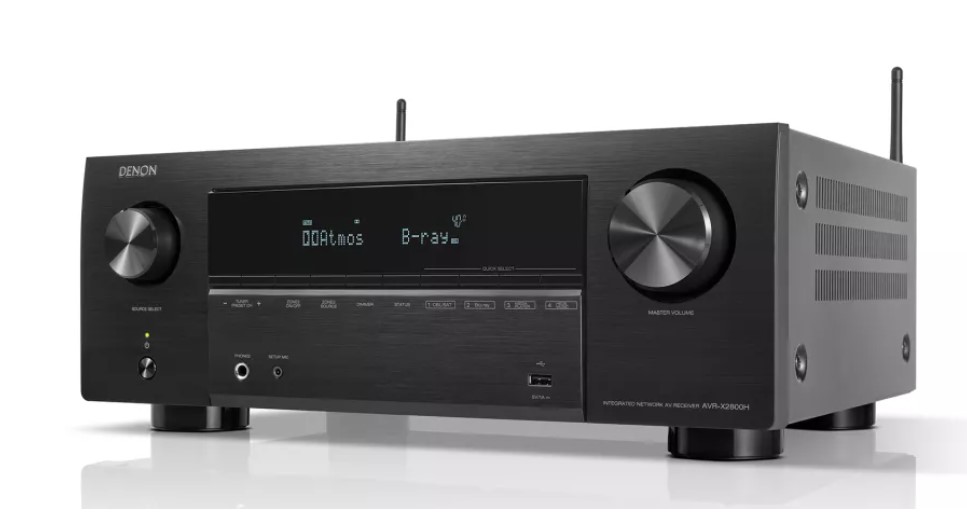

Why you can trust What Hi-Fi? Our expert reviewers spend hours testing and comparing products and services so you can choose the best for you. Find out more about how we test.
Denon’s domination in the realm of home cinema receivers has gone on for so many years that it can be easy to overlook just what makes the brand’s AV amps such a popular choice.
Glancing at Denon’s latest release, the AVR-X2800H, and comparing it to its predecessors, there’s not a whole lot of visible evolution. Unlike other companies that have tried to add a touch of glamour to the considerable bulk that a home cinema amp brings, Denon has an assured, ‘if ain’t broke, don’t fix it’ approach, staunchly sticking to its brushed black finish and monochrome display.
It’s a kind of confidence that’s well earned, because the AVR-X2800H doesn’t need to draw attention to itself – quite simply, like its precursors, it has one of the best all-around feature sets of any AVR at this price point, designed to appeal to serious gamers and movie buffs alike while bringing futureproofed features to an affordable price point.
Price
Mind you, that price point is a fair bit less affordable than before. The AVR-X2800H launches at £869 / $1200 / AU$2399 and supersedes the AVR-X2700H, which was released in September 2020 and priced at £599 / $849 / AU$1999. Like most AV receivers, the cost of the AVR-X2700H has risen in the intervening years due to ongoing supply issues and changes in the market. Although the X2700 is now discontinued, it’s still available from some dealers with an updated price of £749 / $1099 / AU$1999, so while it’s disappointing to see such a hefty price hike between generations, it’s not a huge surprise.
n Denon’s six-strong premium X range, the seven-channel AVR-X2800H now sits below the all-new AVC-X3800H, which costs £1500 / $1700 / AU$2999, and packs nine channels of amplification with processing for 11.4 channels and also has 8K support across all six of its HDMI 2.1 inputs and three outputs.
Meanwhile, below it is last year’s AVR-X1700H, which costs £599 / $699 / AU$1399 and offers the same channel count, format support and room calibration software as the AVR-X2800H but with a drop-down in power from 95W to 80W per channel under stereo conditions and only one HDMI output. In terms of its build and components, the 2800 also uses higher density feet than the 1700, as well as a larger power supply and capacitors.
Features
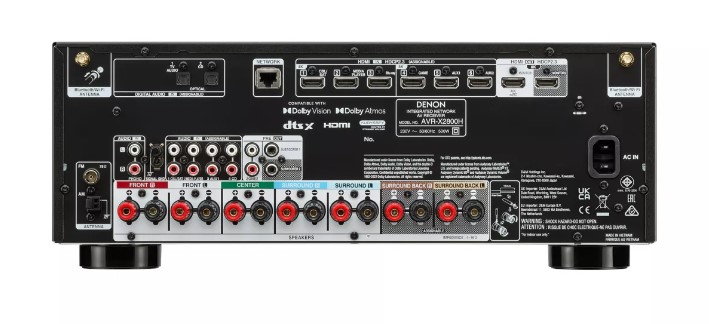
With a generous six inputs and two outputs, the HDMI board on the AVR-X2800H has been upgraded for this model to include three HDMI 2.1 ports capable of 8K@60Hz or 4K@120Hz video pass-through at up to 40Gbps. The three remaining HDMI 2.0 ports have a bandwidth of 18Gbps but all inputs boast 4:4:4 chroma sub-sampling and compatibility with various HDR codecs, including HDR10, HDR10+, Dolby Vision and Hybrid Log-Gamma (HLG).
Gamers are well looked after, with VRR, QFT, ALLM and FRL (Frame Rate Link) on board for a smoother playing experience. HDMI ORG has recently changed the specifications for Quick Media Switching (QMS) and the AVR-X28000H supports the old standard (just like the AVR-X2700) but not the latest changes, though we can't see that being a big deal to anyone for the foreseeable. Elsewhere there’s also 8K upscaling offered on all inputs and eARC (Enhanced Audio Return Channel) to deliver uncompressed audio via a single HDMI cable.
For wireless music playback, the AVR-X2800H is compatible with Apple AirPlay 2, Spotify Connect, Roon and HEOS, Denon’s multi-room software that integrates streaming services including Tidal and Deezer and lets users stream to compatible products from anywhere in the home. There’s also Bluetooth connectivity and a Bluetooth Audio Transmitter that allows users to listen back via wireless headphones on their own, or simultaneously with speaker playback.
The front panel includes a USB port for a mass storage device, with playback support for high-resolution formats, including FLAC, ALAC and WAV files, and DSD 2.8/5.6MHz. Meanwhile, there’s a phono input for those more interested in physical music formats, and radio lovers will be pleased to know that the AVR-X2800H has a sister model with a DAB module. This AVR-X2800H DAB will be available in the UK and Europe priced at £899.
It’s possible to control the AVR-X2800H with voice commands via Amazon Alexa, Google Assistant and Siri. But for physical control, Denon’s classic AVR remote is included with a new button that lets users toggle between HDMI outputs for quick switching between a projector and TV.
Another handy usability upgrade for this model is the overhaul of Denon’s graphic user interface to 1080p from 480p. Plenty of brands don’t include a full-screen video output for access to settings at all, but we think it's a nice touch that helps users get to grips with the options available, especially if they’re not having their AVR professionally installed.
The new, smart-looking, informative interface is where users can access Audyssey MultEQ XT calibration technology. This software detects the speakers' size, type, and configuration and measures their response in the room to optimise performance. Listeners can further customise settings using the Audyssey MultEQ Editor app (available for purchase on iOS and Android), while a Dual Speaker Presets feature lets users store and switch between two different speaker configurations and Audyssey settings.
Although Denon’s pricier AVRs have a more advanced version of this software and an optional upgrade for alternative software from Dirac, a basic, step-by-step calibration process is always a welcome feature for those configuring the amp for themselves.
With seven channels of amplification and 7.1ch of processing, the 2800 can be configured to drive a 5.1.2 Dolby Atmos or DTS:X system. But those without vertical channels can take advantage of DTS Virtual:X and Dolby Atmos Height Virtualization technologies which aim to recreate 3D audio for 7.1, 5.1 or 2.1 speaker arrangements.
Sound
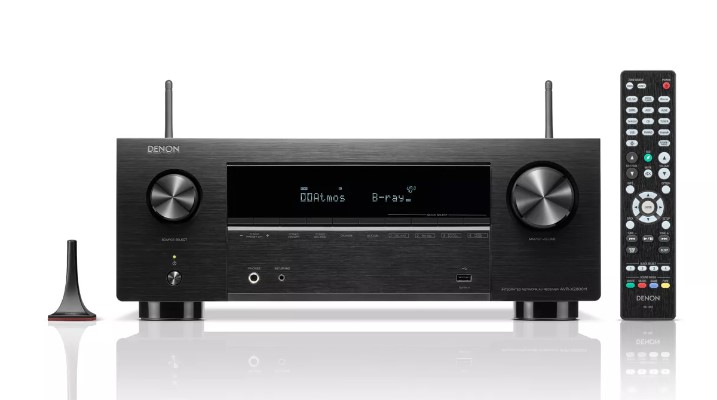
In our listening room, we put the AVR-X2800H through its paces with a 5.1.2 set-up using Dolby Atmos speaker toppers. Starting with Dune on Blu-ray in Dolby Atmos, we’re instantly aware that despite many of its internal components remaining the same as the 2700, the 2800 has been tuned to produce a more open, well-spread soundstage that’s less reliant on heavy low-end prowess to produce a mature and authoritative sound.
In the climactic moment in which the sandworm first bursts out of the sand, the powerful synth elements of the score, piercing brass and booming effects have more separation than with the 2700, where they almost sit on top of each other. This moment can be underwhelming and almost choked on some sound systems, but the 2800 gives a bit of space to each facet for a more coherent, dramatic presentation. It also feels like there’s a touch more dynamic headroom revealing additional detail and helping to create impact through more than just sheer bass.
High frequency surround effects such as the swirling sands, whispers of the Bene Gesserit and reverbs are clear and crisp, helping to build an expansive soundstage that feels precise but not overly diffused. Of course, the weighty delivery and warm sound that Denon AVRs are known for is still there, but with a slightly less dominant bass. Although some may miss its colossal impact in big explosive scenes, the compromise seems to have resulted in snappier timing and a more balanced top end.
This tonal shift also lends transients, such as the gunshots in the Matera car scene in No Time To Die, more impact and a heightened sense of propulsion and danger. As bullets rain down on the Aston Martin, there’s ample audio variation to each crack, thud and smash, and while the 2700 has a bit more low-end punch, it's a bit one-dimensional in comparison. Similarly, dialogue with the 2800 has more liveliness and clarity for more engaging viewing.
Thanks to its improved timing, the 2800 is also a more musical performer than its predecessor. Streaming Ani DiFranco’s Little Plastic Castle, there’s a nice attack to the opening acoustic guitar, and there’s a clean feel to the vocal that helps pick out her lyrics.
When the full arrangement kicks in, room is given to each instrument, and rhythmically everything locks together well.
Switching to Robert Glasper and Amir Suleman's In Tune, there’s more breath and expression audible in the throaty vocal that lends it a lively presence compared to the 2700, which instead has a greater sense of proximity. As the simple accompaniment of the piano blooms into a free-form jam of trumpets and percussion, the 2800 opens out to reveal a broad, airy soundstage.
Verdict
In some ways, the spec of the AVR-X2800H isn’t that dramatically different from its predecessor. But that’s partly because the AVR-X2700H was already one of the most comprehensive, reasonably priced AVRs available.
The AVR-X2800H ups the ante with more HDMI 2.1 inputs, a new user-friendly interface and, most importantly, a more responsive, coherent and spacious sound. It retains Denon’s signature authoritative weight but refines and balances it with a bolder top end that can do better justice to both music and movies. With its onboard room calibration software and a modernised full-screen interface, it's relatively easy to use and well-equipped.
Despite the price hike, the AVR-X2800H still sits at the head of the class, just as its excellent predecessor did.
SCORES
- Sound 5
- Build 5
- Features 5

